You are here
How to Save Money on Your Utility Bills
Back when we had a whole-house water filter installed to remove chlorine and other undesirable chemicals from our water supply, the friendly technician who did the work was thoughtful enough to give me some tips on how to significantly reduce energy consumption.
First, he walked me through the layout of the duct work in our basement, showing me all of the ducts that allow us to heat and cool our home. He pointed to all the seams, and recommended that I tape each one up with some shiny silver duct tape to prevent leakage.
Here's an example of such a seam, though this one isn't too shabby:
I neglected to take a picture of a joint that was almost falling apart, but I found two of them in the basement of our new home.
Here's a look at the shiny silver tape that he recommended that I use to tape seams up:
And here's a look at a joint that is all taped up:
In our previous home, I found that taping all of these seams up brought our gas bill down about 15% per month, which added up to quite a bit during the winter months.
The second tip that the water filter technician gifted me with was to wrap our hot water tank with an insulating bubble wrap so that the tank doesn't have to consume as much energy to heat up our water and keep it hot.
Just about every home improvement/hardware store carries insulating kits for hot water tanks. Here's one that I picked up from Home Depot:
Inside, you'll find a couple of large sheets of insulating wrap, a couple of large coils of white spacer strips (foam), and some more shiny duct tape.
The manufacturer of this kit recommends that you first place the spacer strips around the tank - one ring up top, one at the bottom, and one in the middle, somewhat like this:
The idea with these strips is to provide a reflective air space between the tank and the insulating wrap to create maximum insulating benefits.
Next, you need to wrap the insulating jacket around the tank. This is a picture of me getting started:
The kit comes with two insulating jackets; you need to work them around the temperature valve and any pipes that are coming out of the tank. A pair of scissors and some more silver duct tape is all you need to leave your hot water tank looking something like this:
Not quite sure how much savings results from wrapping a hot water tank in this fashion, but it just makes sense that an insulating jacket can only help reduce energy consumption over the long term.
Both projects - taping the seams of your duct work and wrapping your hot water tank with an insulating jacket - shouldn't take more than a couple of hours and shouldn't cost more than about $40.
If you have any other energy saving tips, please consider sharing with our readers via the facebook connect or comments sections below. Thank you.
Join more than 80,000 readers worldwide who receive Dr. Ben Kim's free newsletter
Receive simple suggestions to measurably improve your health and mobility, plus alerts on specials and giveaways at our catalogue
Please Rate This
Highest Rated | Related Posts | ||







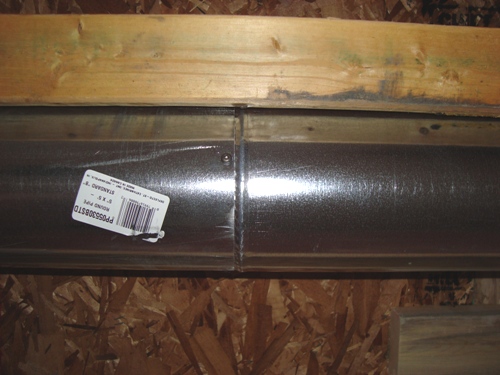
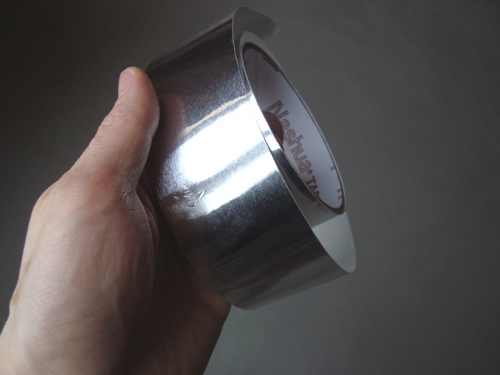

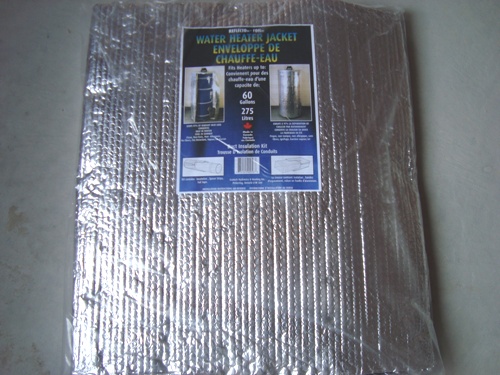
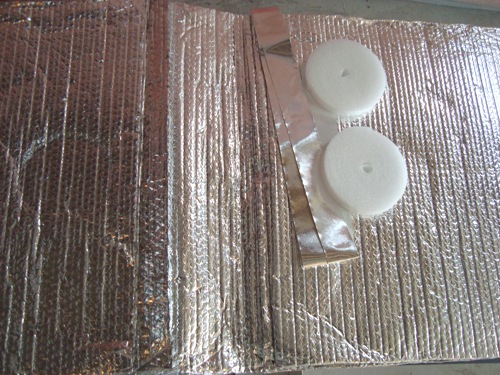
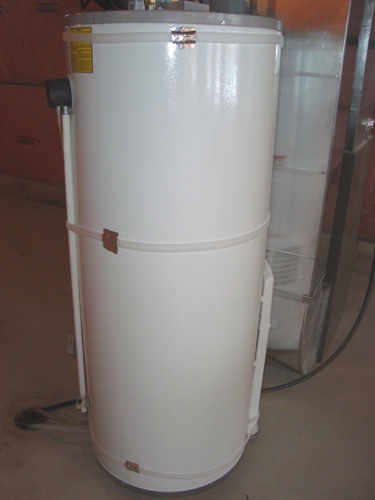
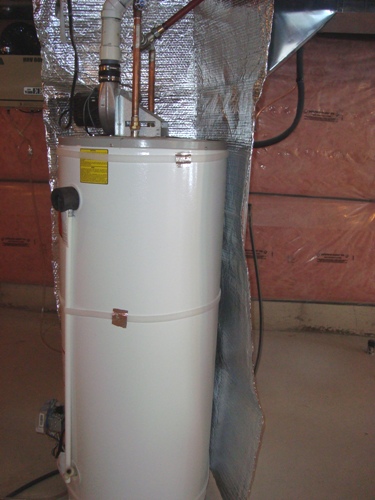
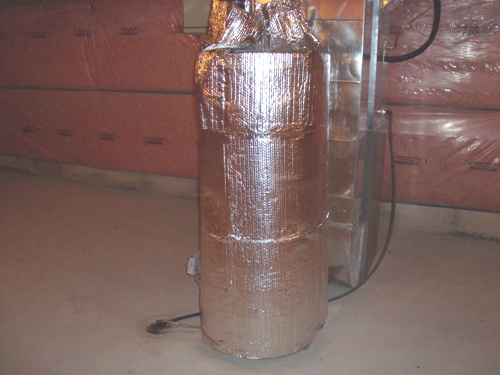




Comments
Energy Saving Tips
Further to Dr Kim's great tips for better energy conservation, I'd like to add that a good place to start for everyone is in simply turning off the light(s) when leaving a room. I am stunned at the number of people I know who don't themselves, nor teach their children either (as my own Mom did as a working widow in the 1950s), to turn off lights when no one will be staying in a particular room any longer. Even to leaving lots of lights on around the house when sleeping at night! I'm not referring to a small nightlight left on to light the way to the bathroom during the night either! I'm referring to leaving table lamps and overhead lights ablaze when no one is even awake in the house...it's astounding really and evidence of just how very much we take for granted the easy access to electricity in N. America today! None of it is unlimited folks! It's a simple thing to turn a light on when needed, so, turn 'em off when not!
Peace,
Mare
S. Ontario, Canada
TANKLESS WATER HEATER
I HAVE A TANK LESS WATER HEATER, AND SO FAR I HAVEN'T RUN INTO ANY PROBLEMS, THE ONLY DRAW BACK ITS THAT THE WATER TEMPERATURE FLUCTUATES A BIT, AND THE OTHER CONCERN THAT ONE MAY HAVE IS THAT IF YOU ARE PLANNING ON INSTALLING ONE ON AN EXISTING HOUSE YOU NEED TO RUN NEW ELECTRICAL WIRES WITH A THICKER GAGE
Energy Saving Tips
There are lots of electronic/electric devices that draw power when they are turned "off" using the device's power switch. The TV is a familiar one, but there are also cable boxes, modems, music stereo/home entertainment systems, video game consoles, window air condition units, microwave ovens, toaster ovens, etc. Sometimes the power is drawn to run something as trivial as a clock, as with my microwave oven, or various lights on the device to let you know it is "on." But all those trivial things add up to big dollars over time.
I plugged every plug-in electrical device in the house into a power strip or a surge protecting power strip. When I'm finished with the device, I turn it off and shut off the power to it by turning the power strip off. I was always pretty good about turning off lights in rooms I was not using. But the first month I used the power strip turn-off method, I was shocked when my electric bill when from $120 per month to $80.
Now, every plug-in device in my home is connected to a surge protecting power strip except the refrigerator and the security system, which need access to power 24 hours a day. I use power strips simply because there are so many electrical items in the home that need to be shut off that doing it one by one would become too annoying. The device also provides surge protection, which anyone who's lost an expensive TV or video game to a surge through the power lines can appreciate.
I also try to avoid devices that are designed to be "on" continuously for them to work. Some digital cable/phone/internet bundled services, for example, have to be plugged in all the time because of badly-designed systems with back-up batteries. Verizon FIOS is like that, but there are probably others. They designed the back-up system to interpret any power stoppage to the cable box (and not to the phone, which is what the law requires this protection for) as a power emergency outage, so the back-up battery automatically shifts into use. This not only defeats the purpose of saving energy, but it will quickly run down a back-up battery in a couple of months that's supposed to last two or three years. The company also want the device plugged in 24 hours so they can update it during all hours of the day and night; there may also be other undeclared reasons the company wants it on continuously.
Water Filtration
Hi Dr. Kim - this is great information for homeowners, thank you. I'm a renter and have been thinking about a countertop or faucet mount filter...do you have any recommendations? The whole issue has been complex for me, the ones I like/can afford don't remove flouride. In fact, I'm not even sure what I should be removing and what's ok to consume. Maybe this is off topic from your post...but I'm hoping for a future post!
Thank you!
use of bubble wrap
I live in a manufactorede home with two skylights, in Hot Phoenix. Spray a mist of water onto the glass window. A layer of bubble wrap will stick to the glass. I built up four layers. Clear bubble pak allows for lighting to lite up the room yet insulates at the same time. My avarage elctric bill went from $80 a month to $65, a two month payback. I save $14 a month on my gas bill by turning off the pilots on my gas stove and oven. I use a liter to lite the burners. I had also lowered the water heater temp to just above the vac. setting.
I have also made further savings by only heating up the bedroom at night instead of heating the whole house. I fire up the furnace first thing every AM, while I'm showering and dressing in the heated bedroom. I don't use my fireplace so have insulated the chimminey updraft.
This unit used in South America calls for no hot water tank
Dr Kim,
If you would like to do a google search for CALEFON; you will find this cool unit that I used as a child to have a hot, steamy shower, with no tank! Because the water is heated AS NEEDED, you do not need a tank, which cools off and then has to be reheated and becomes too costly.
Wish I had them here in Canada!
Cheers